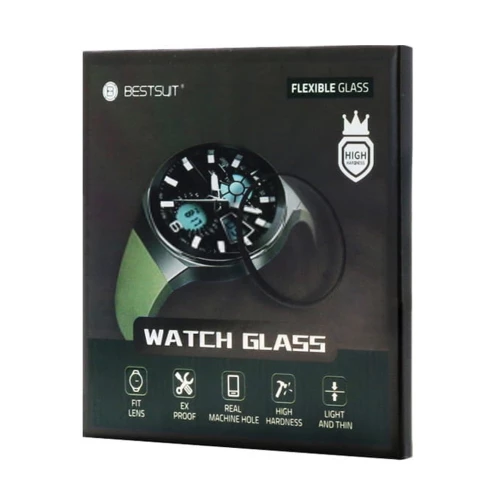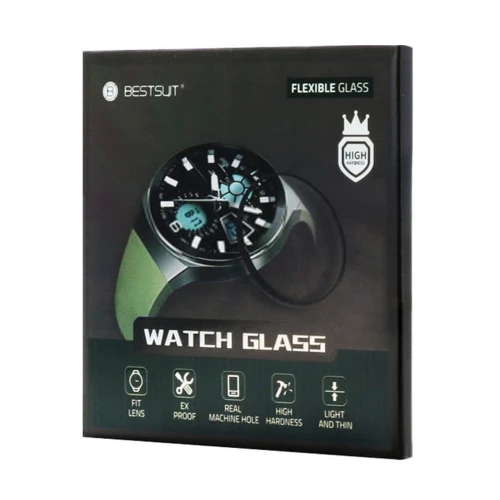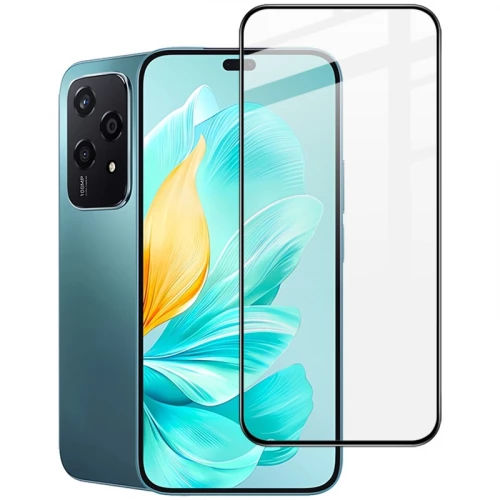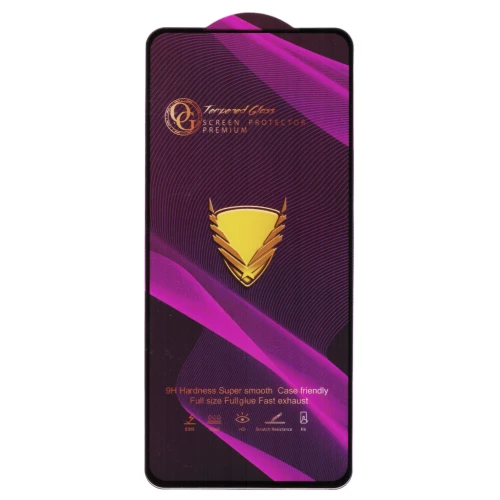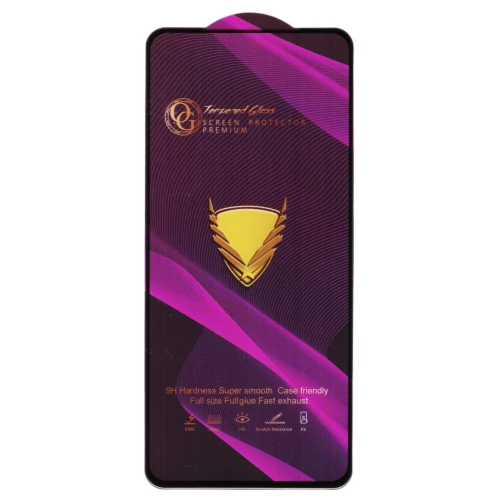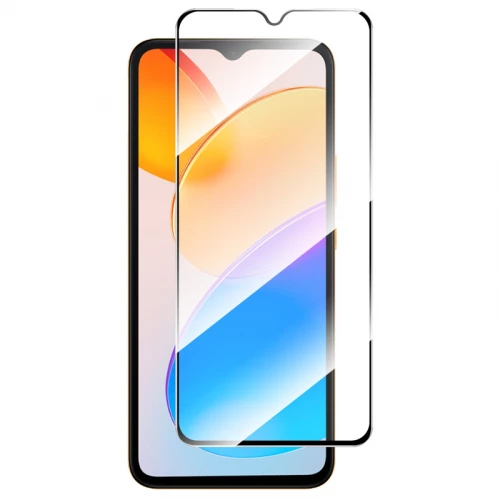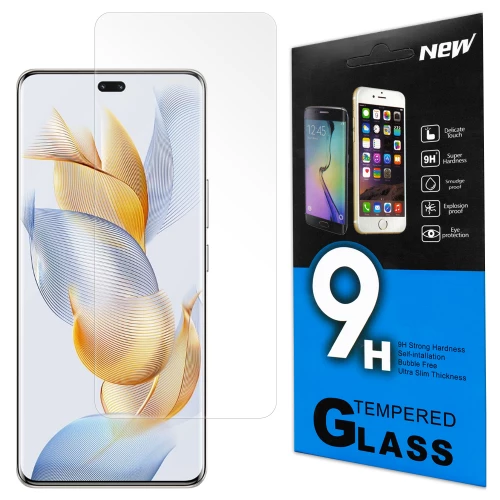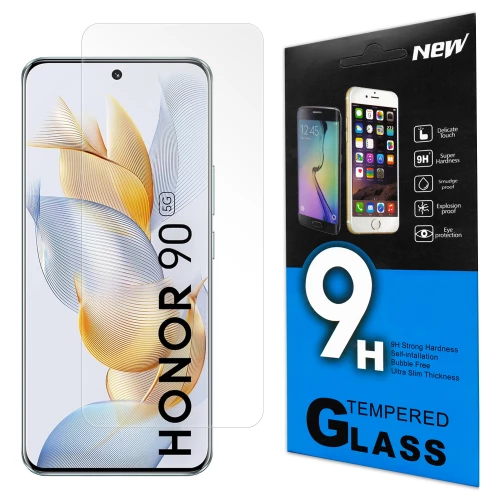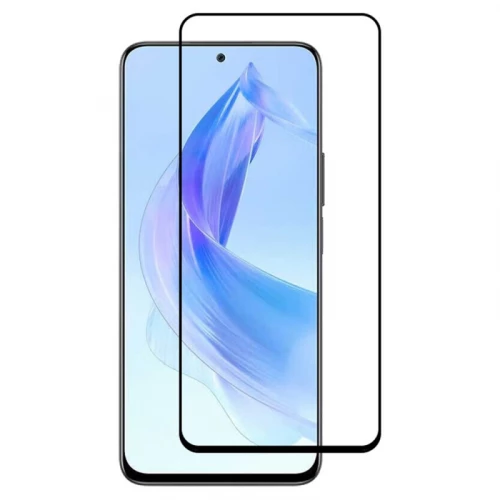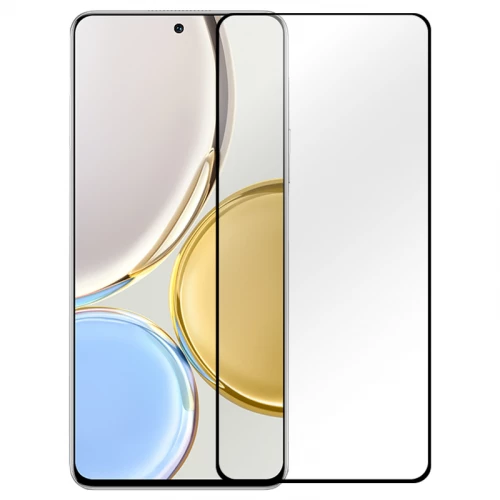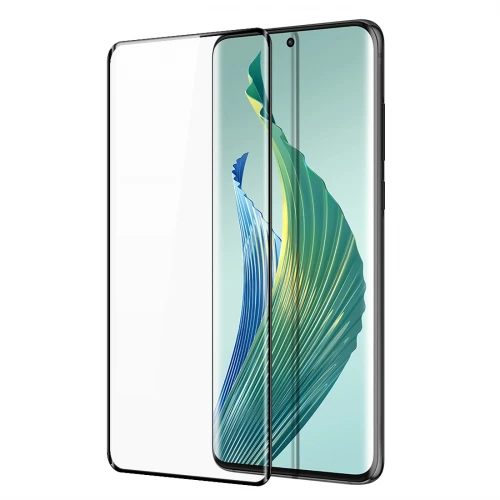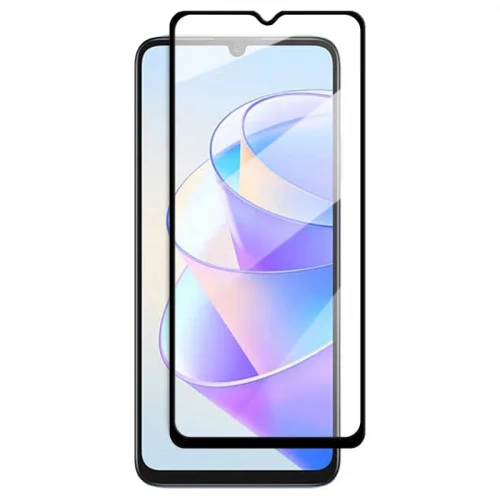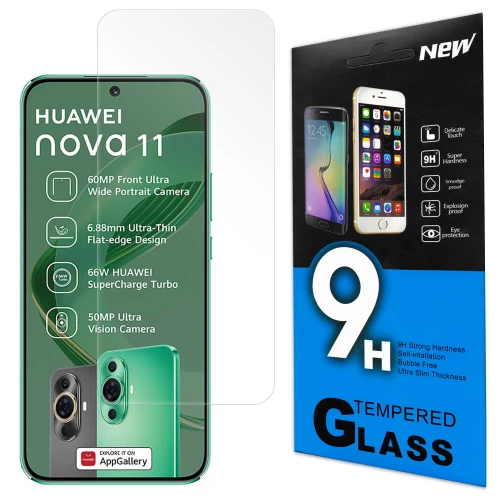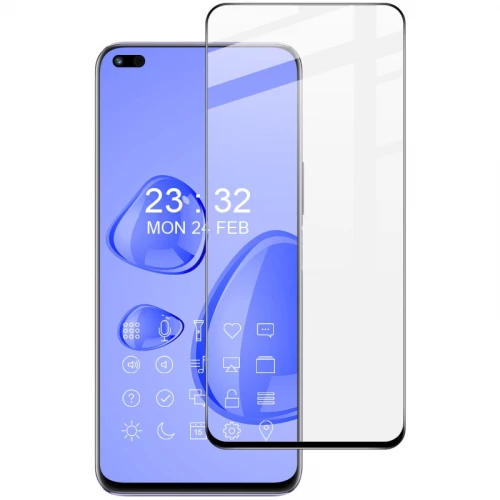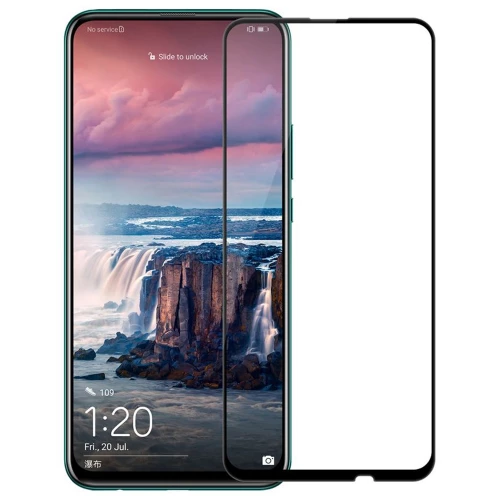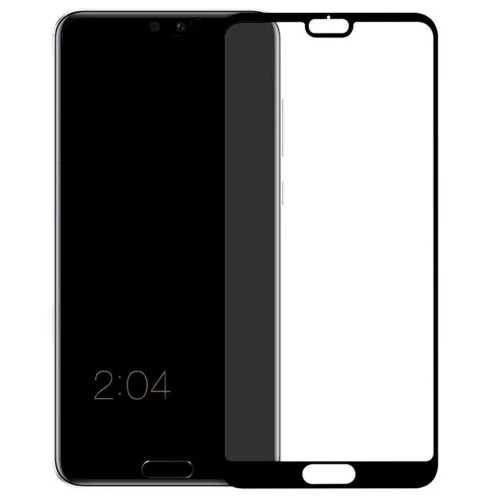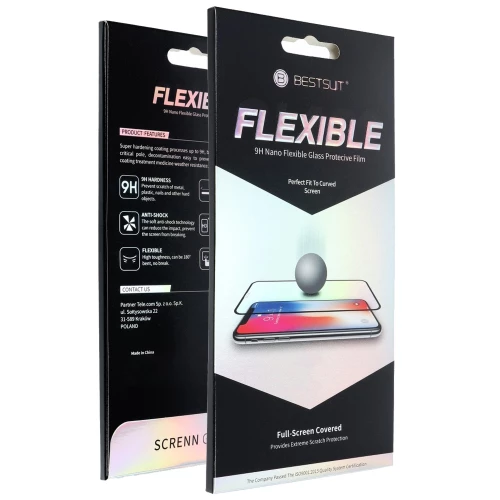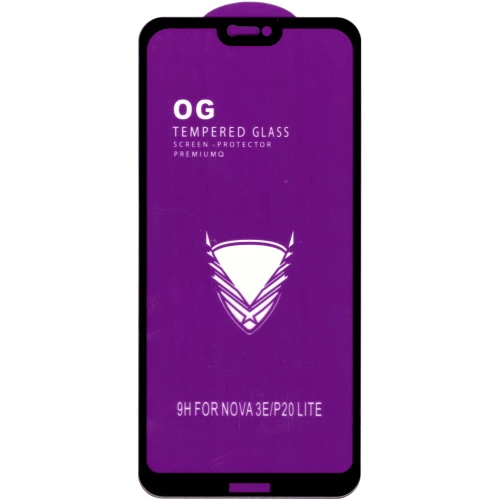Best Tempered Glass screen protector or protective film will help you to protect the screen of your phone - a device that we have a hard time imagining our everyday life without. Nowadays the phone is like a computer where we store important data and memorable moments and if we lose any of this important stuff it would be very unpleasant.
For this reason, it is simply necessary to find and use the most appropriate screen protector that will provide additional protection and will be trusted in all cases. Most glass protectors are case friendly.
What is better - tempered glass, hybrid glass, hydrogel or film?
Tempered Glass
Tempered Glass is one of the most popular and most widely used protections today. This toughened glass protects the screen from scratches, strong shocks and damage during accidental falls by 100%. In addition, most tempered glass screen protectors have an oleophobic coating that reduces the appearance of fingers and dirt stains. When broken, this safety glass does not break down into individual parts, so there is no risk of injury from small glass particles.
How to remove tempered glass screen protector? Just lift the screen protector from the phone is the glass breaks and change it with a new one.
Advantages
- Reliable screen protection that helps to save phone screen from damage during severe shocks
- 9H tempered glass strength level glass is particularly resistant to various scratches
- The oleophobic layer reduces the formation of greasy stains on the phone screen
- If tempered glass is broken it does not shatter into pieces, so there is no risk of injury
- It transmits 99% light, so you will not feel any effect on the screen resolution
Disadvantages
- While reliably protecting the screen from a variety of shocks, even mild ones, it can be punctured or broken down, requiring more frequent replacement than other phone screen protectors.
Hybrid Glass
Hybrid glass screen protector is not a new thing on the market. This protection has another name - PMMA screen protector. Polymethyl methacrylate (PMMA), also known as acrylic, acrylic glass, or plexiglass. Although such hybrid glass is more similar in its features to plastic phone screen protectors, it is classified as a glass screen protector.
First screen protector for the phone was screen protector film that became traditional protection and that protected the screen only from scratches. With the development of technology, a new generation of films, also known as hybrid glass, has the same protective features as tempered glass only with more advantages. Hybrid glass is resistant to shocks, scratches, flexible, extremely thin, easy to put on / take off and cannot be broken.
However, it is not as hard as tempered glass (9H) as it is only rated for 6H-7H strength. Thus, although it will last longer, it will provide slightly less protection than tempered glass.
Advantages
- Unbreakable screen protector
- Will last longer than tempered glass
- Has the same protective features as tempered glass
- 6-7H strength level
Disadvantages
- Not as strong as tempered glass
Hydrogel
The hydrogel screen protector is made of soft TPU material, which makes it very flexible and therefore suitable for curved screens and has a longer service life. The main features of the hydrogel are that they are completely transparent, no air bubbles remain after application, the finger-print is not affected.
It provides maximum protection against scratches, and when they occur there is a high probability that some of them disappear by itself due to its soft and elastic structure. Screen protectors offer protection during accidental dropping, but it is not as effective compared to tempered glass. A strong spot hit to the screen can damage it.
Advantages
- Longer service life because it does not break down
- Absolutely transparent
- Does not leave air bubbles after application, and if they do occur, they disappear by itself within 24 hours.
- Does not affect screen fingerprint control
- Scratch resistant
Disadvantages
- Less protection for the screen from point shocks during accidental falls
- After long use of the hybrid glass, dust and other dirt may start to pick up on the under the edges.
Film
The protective film is a first-generation screen protector that is often only designed to protect the phone screen from scratches. Plastic screen protector is very durable and lasts longer. Of course, it also protects against shocks, but a stronger blow can damage the screen even with a protective film on.
Advantages
- Long service life
- Protects from scratches
- Protects from shocks
Disadvantages
- Can be easily scratched
- Ultra-thin screen protector
- It is usually not resistant to greasy stains such as fingerprints
- Does not provide full screen protection and does not cover curved edges of the screen
What is tempered glass?
The tempered glass is about four times stronger than standard glass and, unlike standard glass, which breaks into small and dangerous fragments, when broken, remains intact and harmless. Due to these features, tempered glass is used in environments where the safety of adults or children is important.
How to apply tempered glass?
The tempered glass will protect the screen of your phone even if you accidentally drop it. You will be able to use your phone longer without having to change the phone’s broken screen. Phone screen protectors are made for specific models only (e.g. the glass must be cut exactly for your phone), so make sure to buy the right one for your phone model.
Before applying the glass, clean the screen thoroughly and read the instructions on how to apply it. And if you have any questions, better give us a call so we can answer all your questions.
Preparations
It is best to place the screen protector on a clean table and in a room with as little dust as possible. Good lighting is also needed so that you can catch any remaining dirt and dust on the phone screen.
Wash your hands
Before applying the glass, is it actually very important to take care of your hands and wash them with soap and warm water so that they are not greasy and without any dirt. Use a cloth towel instead of a paper towel to dry your hands, as it may leave dust on your hands. Clean hands will prevent additional dirt during protector application.
Wipe the screen with a wet and damp cloth
Wipe the screen clean with a damp cloth, if provided with the glass. Most screen protectors come with wet and dry wipes.
Cleaning the screen with a microfiber cloth before application
Clean the screen with the microfiber cloth that came with the glass, as it does not leave any dust after cleaning. If it so happened that such a fabric was not included, a napkin for cleaning glasses is also perfect, as they are grazed from the same fabric that does not leave fluff.
You can also use pieces of duct tape to remove extra dust, by pressing it to the screen and this way collecting dust.
Tempered glass application
Phone tempered glass has only one sticky side, which is usually numbered or has an indication.
Align the tempered glass with your phone's screen by holding the edges to make sure the glass is really in the center. Help yourself by identifying the buttons or speaker position. Be careful not to touch the sticky side of the screen protector, as you may leave a fingerprint.
Place the glass on the screen when you are sure it is aligned correctly with the screen. If you see that the glass does not stick by itself, press the glass from one side and to the other without leaving any air bubbles until the glass is completely glued. This is usually happens with full-covering glass,
Clean applied tempered glass
If dirt remains on the phone screen, clean it with the wipes described above.
How to change tempered glass?
Replacing the tempered glass is very simple. Remove the screen protector that is damaged by just lifting it. Follow the application instructions we have already given above to use a new one.
How tempered glass is made?
To prepare the glass for the tempering process, manufacturers first cut it to the desired size according to the phone model. The glass is then inspected for cracks or defects that could break at any stage of tempering. The sharp cut edges of the glass are then rounded and a heat treatment process of the glass is started, during which it is tempered in a special "oven" to more than 600 ° C. The glass is then subjected to a high-pressure cooling procedure called "quenching".
Standard glass breaks about five times more easily at a pressure of 6,000 psi, while tempered glass that has a compressive strength of 10,000 psi or more, typically breaks at 24,000 psi.
What is the difference between 2D, 2.5D, 3D, 5D, 6D, 9D, 11D and 12D tempered glasses?
2D Tempered Glass
2D is a tempered glass with unpolished edges and is a straight screen protector covering only a flat screen surface. Due to the fact that the edges were not polished, the edges of the glass split apart, so over time such glass was completely removed from the market.
2.5D Tempered Glass
The 2.5D is a straight screen protector for the phone whose edges have been rounded by polishing with a CNC machine so that the edges have a certain arc and they do not crack or crumble.
3D Tempered Glass
The 3D full-covering and perimeter-tight tempered glass is made of curved tempered glass and was first developed for the Samsung Galaxy S6 Edge. Later, this curved glass technology was applied to other phones that have curved screen edges.
3D Full Glue Tempered Glass
3D Full Glue tempered glass is a tempered glass that covers an entire screen of the phone and adheres to the phone screen over its entire area.
5D, 5D Full Glue Tempered Glass
The 5D, 5D Full Glue tempered glass, like the 3D Full Glue, completely covers the screen and adheres over its entire area. Actually it is no different compared to 3D Full Glue tempered glass. The manufacturers call them 5D or 5D Full Glue to avoid comparison with 3D tempered glass that adheres to the phone screen only over the edges.
6D, 9D, 11D, 12D, 20D, 999D and other Tempered Glass
These tempered glasses are no different from 2.5D, 3D or 5D. 6D, 9D, 11D, 12D, 20D, 999D and another number name is used as a marketing ploy to give buyers credibility.
